|
Like most who summit Uhuru Peak, we began our final ascent in darkness. The night before was cold, and we were underequipped with poorly rated sleeping bags, so we zipped three of them together and huddled inside to ward off the alpine chill. We came to Tanzania a few months earlier without the intent of climbing Kilimanjaro, so our gear was a mismatch of whatever we could find at local markets or borrow from the outfitter. After a few restless hours trying to chase sleep, we put fresh batteries in our headlamps and walked upward into the darkness. It’s certainly not a technical climb – I summited in Chuck Taylors with plastic bag booties on the inside – but the altitude made it a challenge as we searched for breath every few steps. As we reached the wooden sign signifying the highest point in Africa, we turned to watch the sunrise over the volcanic rim. All sensation of exhaustion evaporated as the sunlight painted the summit. We shared a beer – a Kilimanjaro Lager of course – which even when divided among several friends had an altitude enhanced effect. We then made our descent. The trek up the mountain took us six days, but the descent only took one and half. Without the need for acclimatizing to altitude, we turned our potential energy into kinetic energy and moved as quickly as our legs would take us. This pace afforded such a visceral perspective on the elevational patterns in biodiversity. In the span of a few hours we descended through at least 6 different ecosystems, each comprised of species most suited to the microclimates of a given elevation. I began the day on a glacier and ended it shirtless in forest with colobus monkeys in the canopy above. That’s one of the most beautiful parts of tropical mountains
0 Comments
Few animals have taught me more than the whitetail deer.
Growing up in the woods of Pennsylvania, tracking deer was a pastime that kept me grounded and connected to my natal environment. Deer taught me to read the forest and gave me a fluency in a language I desperately wanted to learn. They were always there, always accessible to the interested, and yet they were always wild. Walking barefoot through the hemlock groves to catch a glimpse of these cervids in the conifers was an act of meditation. Their transformations through the seasons taught me about ecological time, from the red-coated evenings of late spring grazing on clover to the electrifying crispness of an early November morning watching an old buck break the tree line into a lightly snow dusted cut cornfield. Summer nights were spent cruising dirt roads and counting deer and nearby fields. In high school, I skipped my junior prom and instead went spotlighting in the Endless Mountain region of Pennsylvania. I've yet to read a single peer-reviewed study on whitetail deer and I've never once empirically evaluated any deer data but yet I feel as though I understand deer more than most. This pure, informal study of animal behavior kindled the passions that have led to a career in ecology and conservation. Throughout my life deer have sustained me in many ways, so perhaps it should come as no surprise that during this pandemic quarantine I came to rely on deer once again. Isolated in rural log cabin on the outskirts of Shenandoah National Park, my regular patterns of field work in remote areas of Africa were abruptly halted with the spreading virus. As someone who finds inspiration in motion, the prospect of months of stationary seclusion in the States admittedly didn’t jibe with my personal or professional plans. But this period of time has afforded a precious opportunity to develop a more indigenous intimacy of my local surroundings. It began rather unexpectedly in early April, as I heard the distress calls of young fawn caught in the fence of a nearby cow pasture. As I extricated this deer from the wire and watched it clumsily plod down the stream, I experienced one of my first pure moments of joy and hope in this pandemic. Over the next few months I watched as its white speckled pelage faded into the muddied grey of its adolescent autumn coat. I watched in reverent silence as it bedded behind my compost head and unabashedly rooted for it as it – along with its mother- fled a pursuing black bear. These near daily interactions with my deer neighbors have given me such a valuable respite from the almost inevitable call of the screen. In this moment, especially as I live alone, it is very easy to immerse myself in work to give myself a sense of control. These deer have given me an incredible gift in reminding me of what initially drew me to this field. I watch them without agenda. I watch them for only the joy of knowing that I share this space with such beautiful beings. I see them every day and I will never tire of it. Earlier this week, a hybiscus bush blossomed in my side yard bringing with it the ruby-throated hummingbird seeking its nectar. The window beyond my computer monitor overlooks these purple blossoms and the delightful buzzing of these little birds has offered a minor respite for this temporarily desk-bound field ecologist. Selfishly perhaps, I subsequently bought a hummingbird feeder and placed it directly above the rocking chair on my front porch. In these strange times, it's amazing how a simple plastic feeder filled with red colored, vitamin enriched sugar water could bring me such joy.
Beyond my temporary digs in northern Virginia, the diversity of hummingbirds has recently astounded me. Growing up in the northeastern United States, hummingbirds were an infrequent but always discernible treat. If I saw a hummingbird, I knew it to be a ruby-throated one. Although I've read of their diversity, it wasn't until I traveled to the neotropics where I became enamored with the beautiful diversity of the hundreds of species in the family Trochilidae. Hummingbirds are unique the the Americas and the Caribbean. Indeed the Eastern hemisphere has its own nectar-feeding birds but they are not hummingbirds. Sunbirds are no doubt beautiful convergently evolved counterparts to the familiar hummingbirds, but they lack incredible flight behavior of these frenetic feeders. Hummingbirds are an evolutionary product of new world ecology. I took this photo in the cloud forests of Monte Verde in Costa Rica, while teaching a field course. These hummingbirds dodged the relentless raindrops as they flit between their floral quarry. On this day 157 years ago, this bucolic site in south central Pennsylvania was the location of a pivotal moment in American history. The aptly named Cemetery Ridge, featured here, was the line where Union soldiers stopped the advance over 12,000 Confederate soldiers after they marched 0.75 mile over an open field in Pickett’s ill-fated charge. This site represents the high-water mark of the Confederacy in the Civil War, signaling the ultimate defeat of the Confederate cause. I admittedly was never particularly fascinated with Civil War history, but I’ve recently gained a much deeper appreciation for how the events on fields like this one in Gettysburg continue to reverberate through contemporary society.
Like my last image, I shot this photo with my Pentax K-1000. I was shooting a monochromatic film that used C-41 processing, meaning I would get a black and white image that could be cheaply processed with commonly used drug-store techniques as opposed to some of the classic darkroom techniques. I believe that this image was shot in September 2002 on while I was on a Boy Scout camping trip. Being affiliated with a scout group, we were allowed to camp within the National Military Park, which allowed for a bit of quiet twilight introspection on what Lincoln later described to be consecrated grounds. The battlefields at Gettysburg are a sad and eerie place, and the land still bears the weight of the suffering 7 score and 17 years later. This photo is one of my favorites if only for its sentimental value. Shot in 2002 on an old Pentax K-1000, as part of a high school photography class project, it represents one of my first intentional explorations of lighting, pattern, and depth of field. I set up a small makeshift studio in my childhood bedroom to photograph pheasant feathers, which I have always found captivating. Manipulating the light and pattern, I learned the basic controls of that elegantly simple SLR. Since I was shooting on film, I lacked the benefit of exif data or instant image review, so I kept a notebook to record the shutter speed and aperture for all of the images. Unwilling to shell out the extra cash for expedited film processing at the local Rite-Aid, I waited a week to get that film back. It was like Christmas. Going through those photographs and comparing depth of field and contrast for the different camera settings was such a valuable learning experience. I’ve always appreciated the medium, but that’s when I fell in love with it.
Life isn’t easy for a giraffe. They face many different threats throughout their range – habitat loss, illegal hunting, predation - but for this particular bull, its most lethal adversary was a fork in a tree. We were deep in the heart of Uganda’s Murchison Falls National Park, conducting a photographic survey of the world’s largest known population of the critically endangered Nubian giraffe. While the rest of his herd moved on as we photographed them, he remained recumbent and unresponsive. Sometime the big bulls are reluctant to get to their feet for a nonthreatening passing Landcuiser, but upon closer inspection, this bull was clearly not lazy…he was dead. His carcass was fresh but rigor mortis had appeared to set in, so I suspect he had only been dead for only a few hours. In looking at the position of his head, the angle of his jaw or the broad vertical part of the ramus was wedged into the fork of this tree. I suspect that while feeding, something had startled him and in an attempt to lift his head, he wedged his mandible in the tree’s crook. Panicked, he likely pulled away and lost his footing, falling into the tree and forcing the entire weight of his massive neck right on that crucial choke point. Unable to rock up and regain his upright posture, he accidentally strangled himself. He was a large bull in his prime, so it was a very strange series of events that led to his unfortunate demise. Interestingly, giraffe seem to be a morbidly curious creature (a subject for another post). While this bull had died, an exceptionally large herd of >60 giraffe surrounded him and sent him off to the great savannah in the sky. Death by plant is an unusual end to such a massive browser, but sometimes you eat the tree and apparently sometimes the tree eats you. |
AuthorMichael Brown Archives
December 2022
Categories |
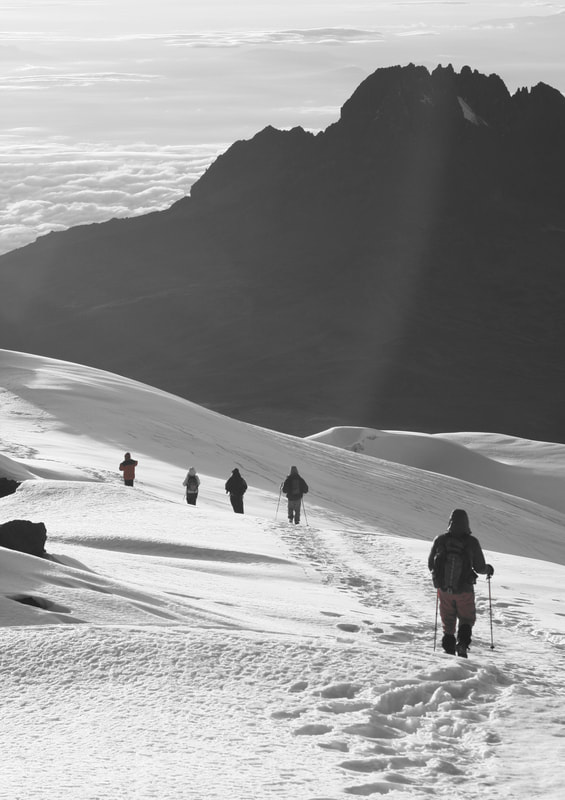
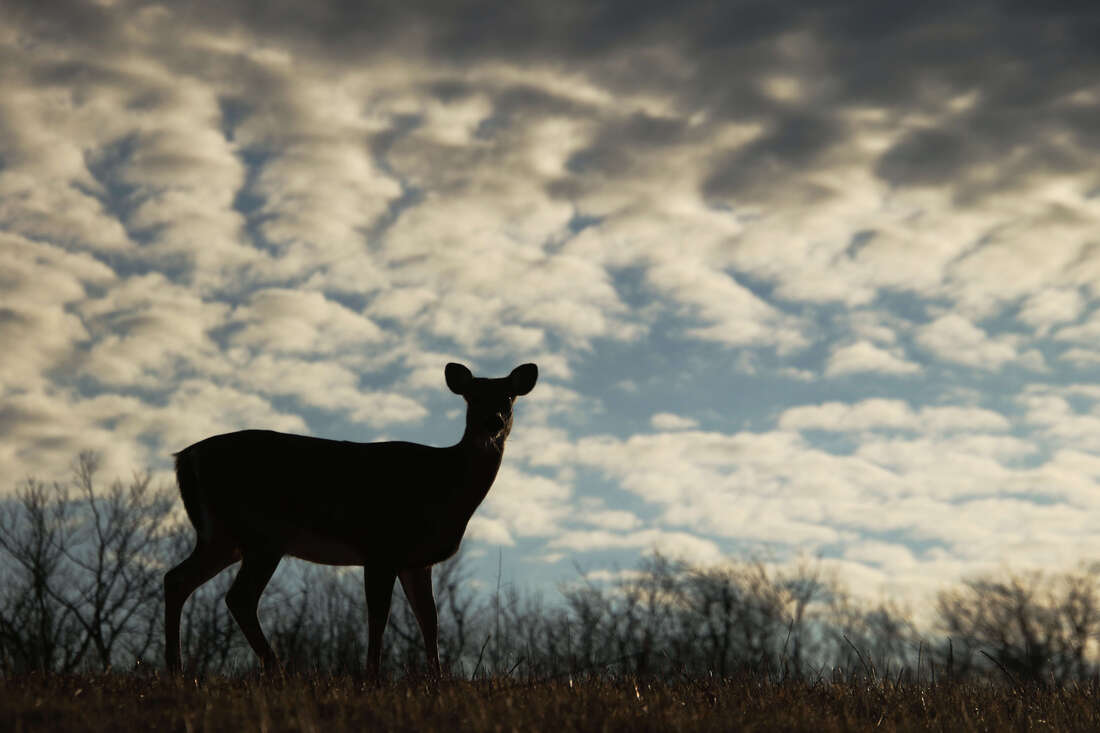
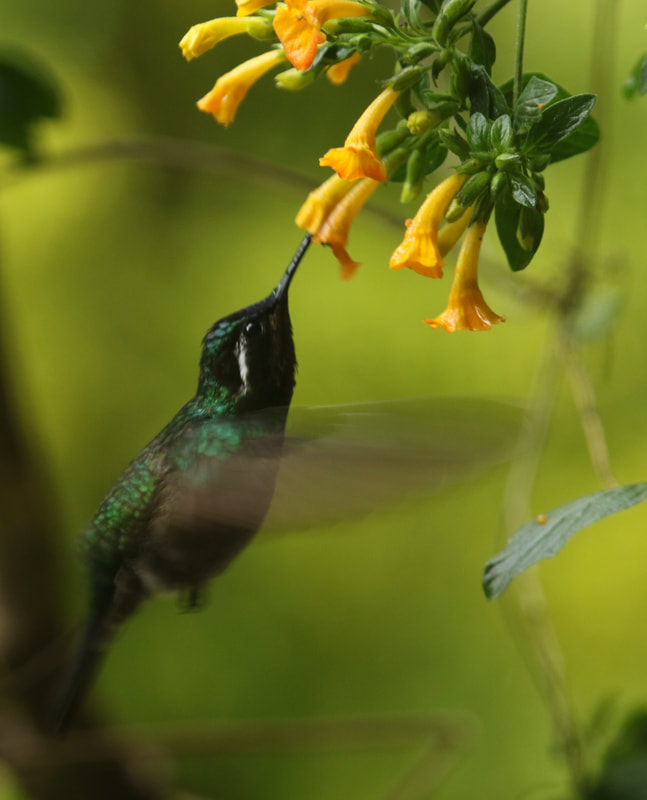
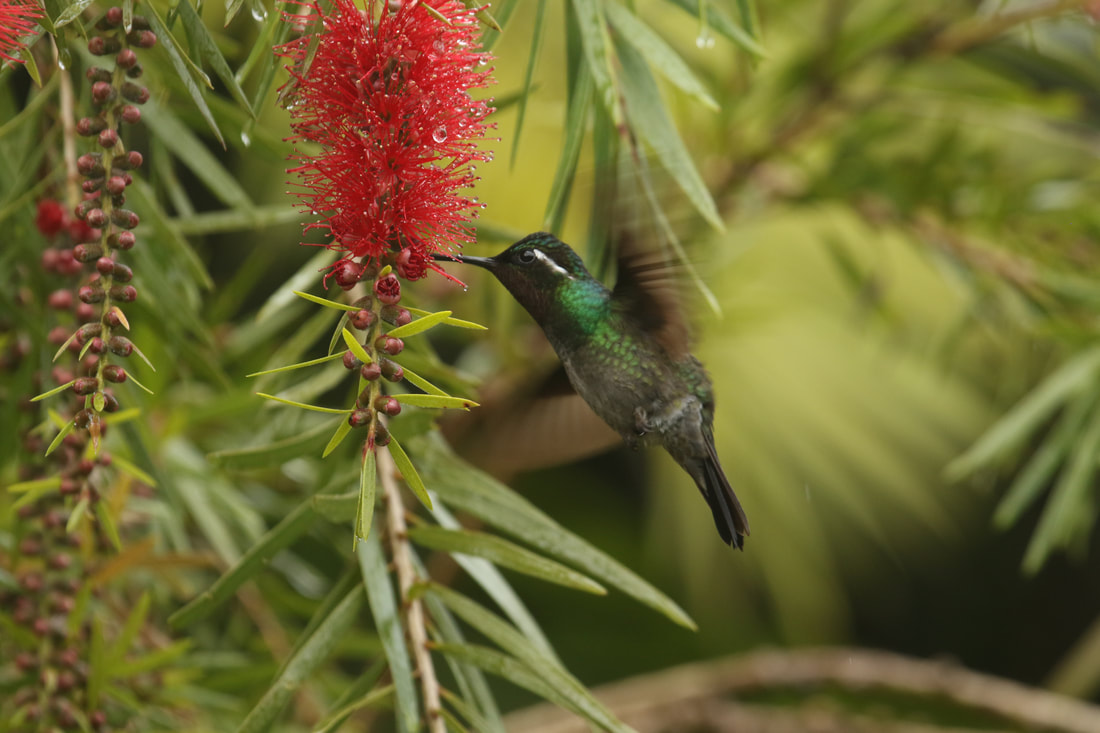
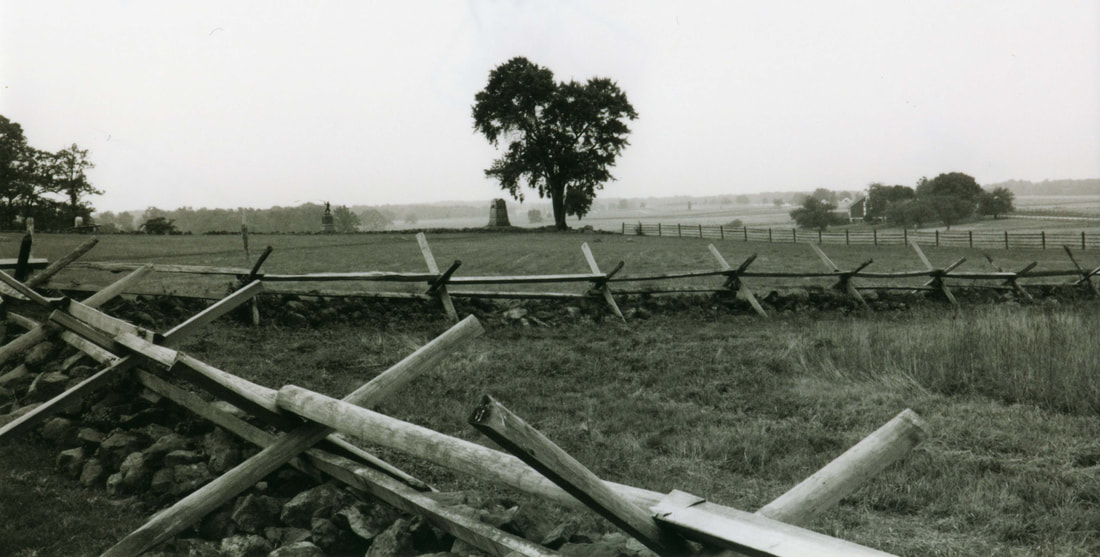
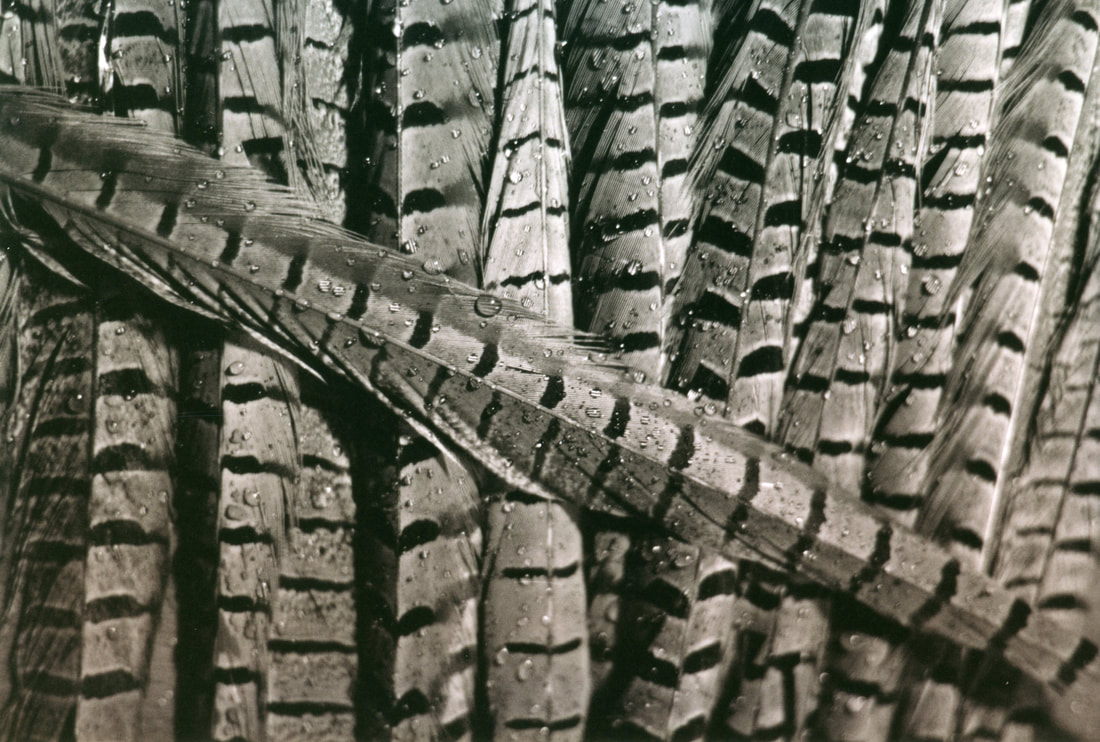
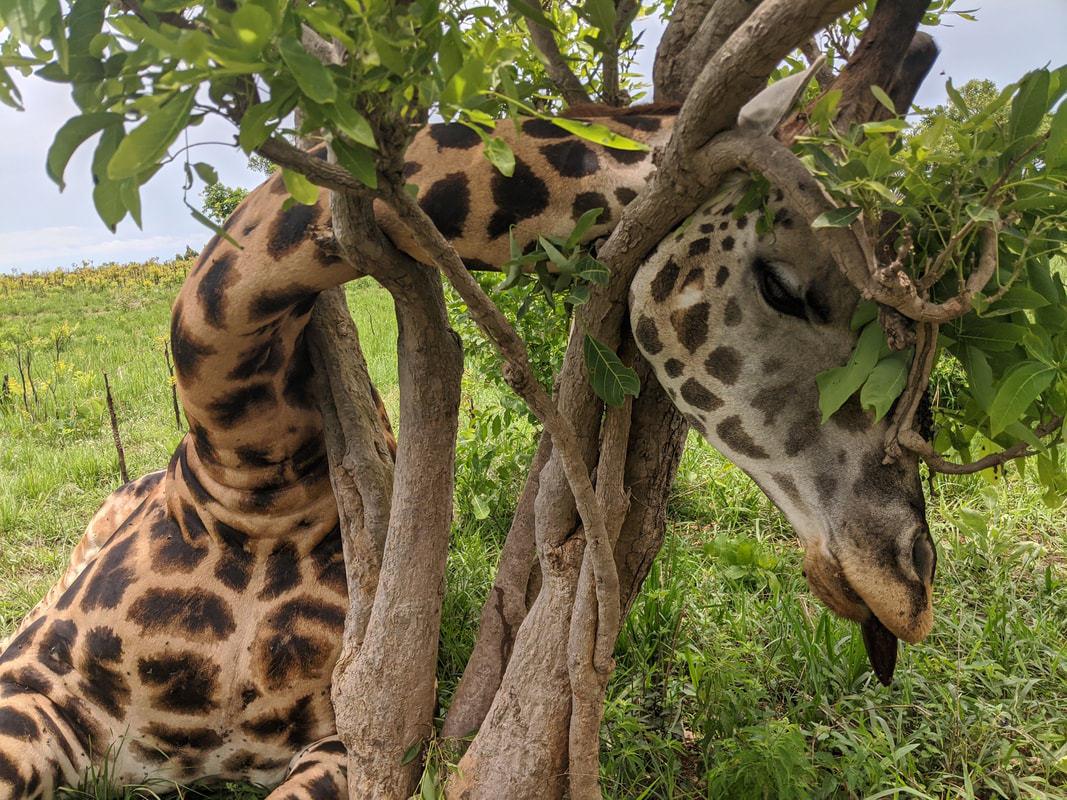

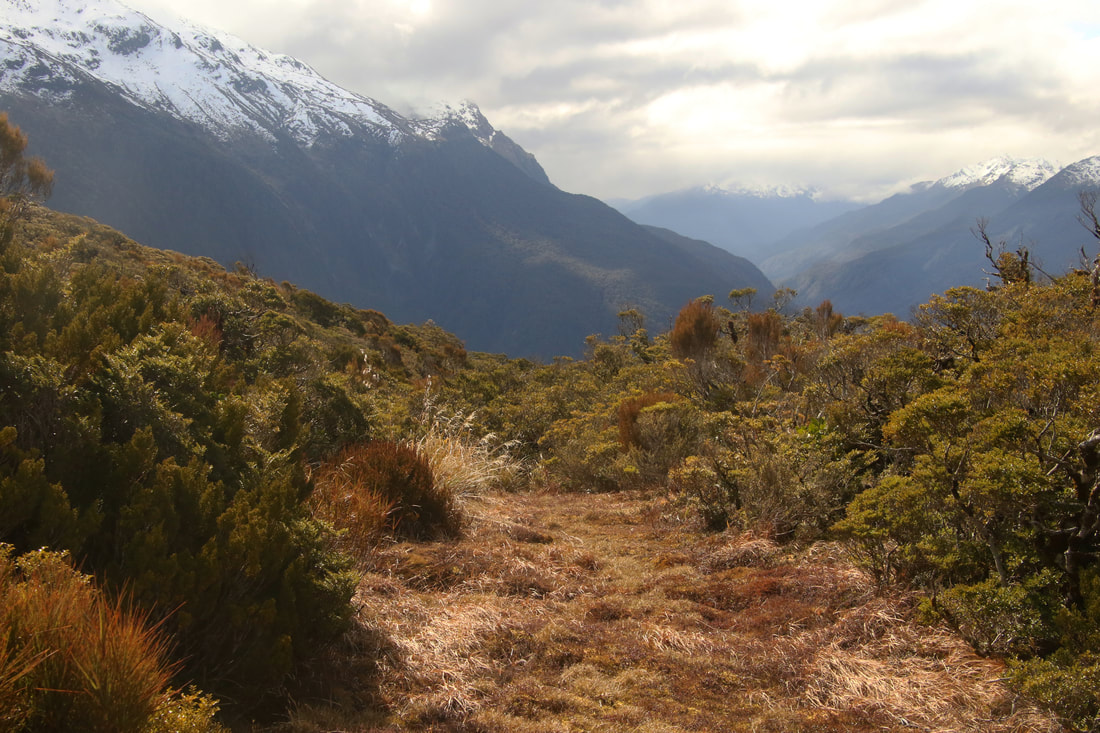
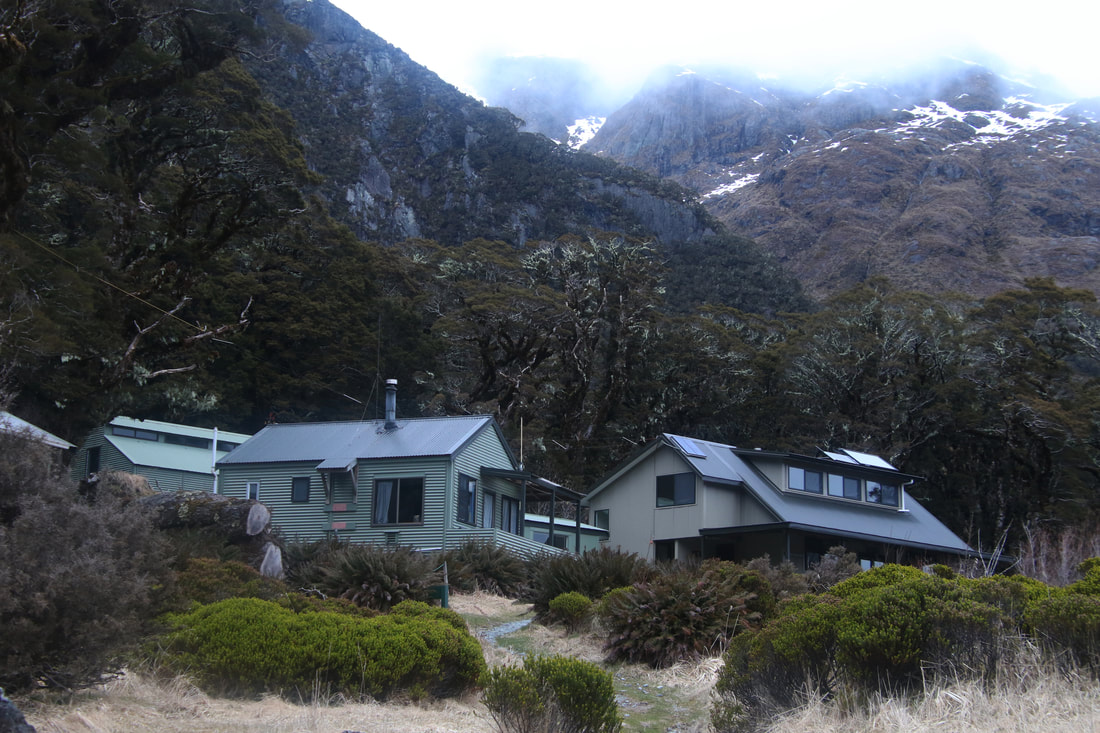
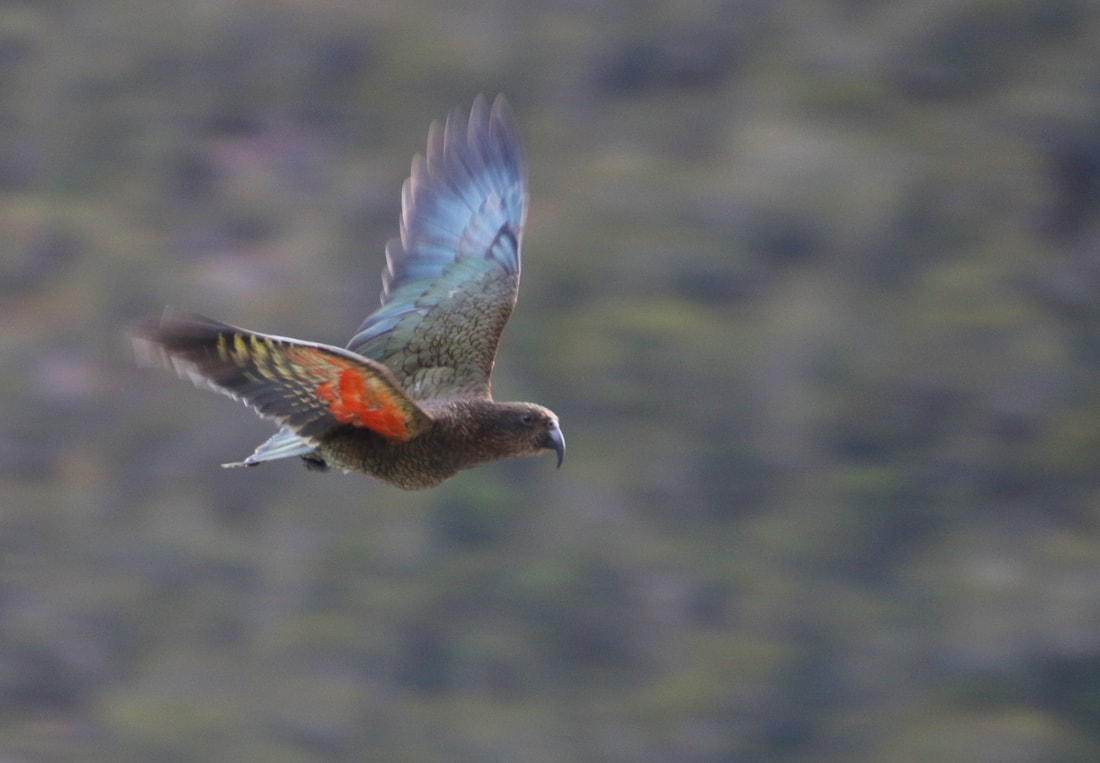
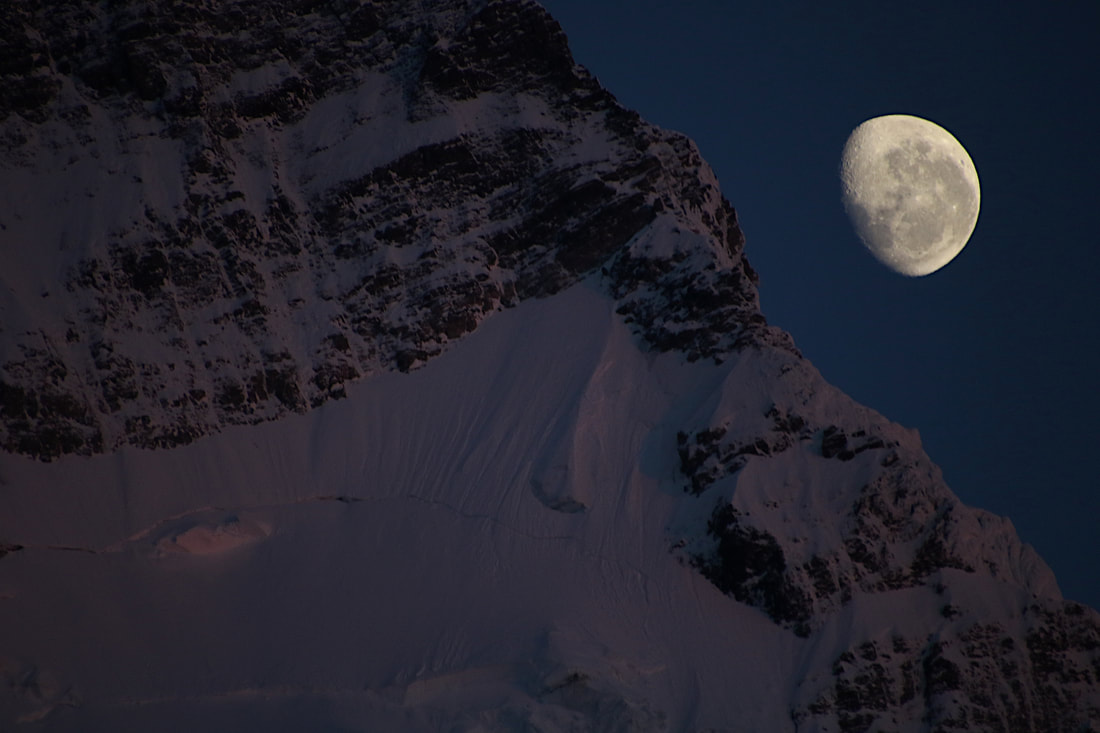
 RSS Feed
RSS Feed
